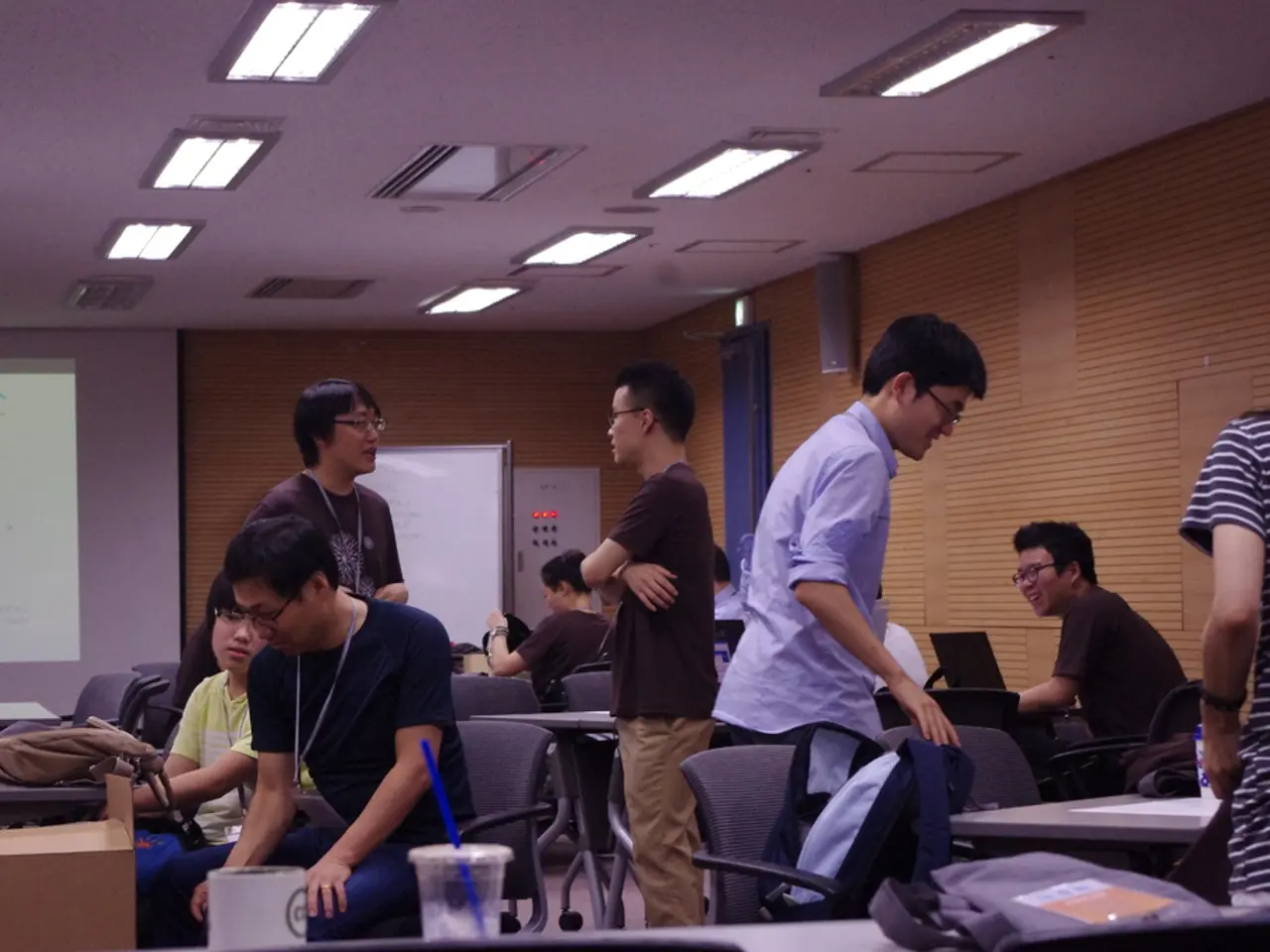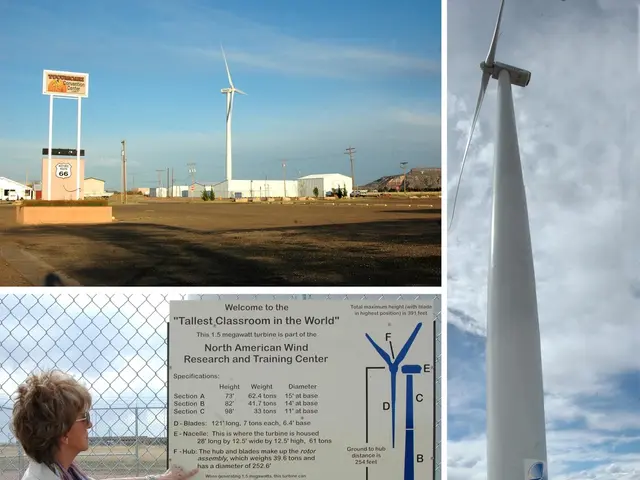Deep Learning Tutorial for Programmers in 2022
The new edition of Practical Deep Learning for Coders 2022, offered by fast.ai, is now available, providing a code-first, top-down approach to teaching deep learning using PyTorch. This course is designed for practitioners who want to build, train, and optimize state-of-the-art deep learning models with practical results and best practices, focusing on real-world applications rather than heavy theory upfront.
With a hands-on coding focus, students start by building models early, learning concepts as they progress by experimentation rather than initially diving into theory. The course uses PyTorch as the main deep learning framework, enabling students to build and train robust models.
The curriculum covers topics such as building and training deep learning models for computer vision, natural language processing, tabular analysis, and collaborative filtering problems. By the end of the second lesson, students will have built and deployed their own deep learning model on their own data.
Key features of the 2022 edition include practical deployment skills, staying current with the latest models and techniques, a supportive online community, and a focus beyond Generative AI. While not specifically GenAI-focused, it teaches foundational deep learning skills that can be leveraged to rebuild public GenAI apps and tweak configurations.
The course consists of 9 lessons, each around 90 minutes long. Lesson 1 demonstrates the process of designing a machine learning project, creating a dataset, training a model, and deploying an application on the web using Hugging Face Space with Gradio and JavaScript. Lesson 2 delves into Natural Language Processing (NLP) using the Hugging Face ecosystem, especially the Transformers library, and pretrained NLP models to classify the similarity of phrases used in US patents.
Lesson 3 focuses on the mathematical foundations of deep learning, including Stochastic gradient descent (SGD), matrix products, and the flexibility of linear functions layered with non-linear activation functions, particularly the Rectified linear function (ReLU). Lesson 4 explores collaborative filtering and embeddings, using linear algebra and deep learning approaches, and the critical building block of many deep learning algorithms.
Lesson 5 teaches creating a neural network from scratch using Python and PyTorch, implementing a training loop for optimizing the weights of a model, and building up from a single layer regression model to a deep learning model. Lesson 6 explains the workings of random forests and how to build one from scratch, as well as interpreting random forests to better understand data.
Lesson 7 delves into convolutional neural networks (CNNs), learning about the convolution, pooling, dropout, and more. Lesson 8 covers advanced topics including training optimization, model interpretation, and fine-tuning. The course concludes with Lesson 9, which encourages students to experiment by rebuilding and modifying existing generative AI applications, giving hands-on exposure to current trending AI models.
Alumni of previous editions of Practical Deep Learning for Coders have gone on to jobs at organizations like Google Brain, OpenAI, Adobe, Amazon, and Tesla. They have also published research at top conferences such as NeurIPS and created startups using skills they learned in the course.
The course is based on a 5-star rated book that is freely available online and is taught by Jeremy Howard, who leads the development of fastai. Jeremy Howard has been using and teaching machine learning for around 30 years.
The course boasts a supportive online community, with forums and a Discord server for help, discussions, and sharing projects. Libraries and services used in the course include Hugging Face ecosystem, Scikit Learn, and Gradio.
Join Practical Deep Learning for Coders 2022 today to start your deep learning journey and gain practical, hands-on experience in building and training deep learning models for a wide range of applications. To start the course, visit [Practical Deep Learning for Coders 2022](https://course.fast.ai/).
- The new edition of Practical Deep Learning for Coders 2022, offered by fast.ai, teaches deep learning using PyTorch and focuses on practical results and best practices.
- This course is designed for practitioners who want to build, train, and optimize state-of-the-art deep learning models.
- The course uses a code-first, top-down approach to teaching deep learning, focusing on real-world applications instead of heavy theory upfront.
- Students start by building models early, learning concepts as they progress by experimentation rather than initially diving into theory.
- The curriculum covers topics such as computer vision, natural language processing, tabular analysis, and collaborative filtering problems.
- By the end of the second lesson, students will have built and deployed their own deep learning model on their own data.
- Key features of the 2022 edition include practical deployment skills, staying current with the latest models and techniques, a supportive online community, and a focus beyond Generative AI.
- The course consists of 9 lessons, each around 90 minutes long, with Lesson 1 demonstrating the design of a machine learning project, creating a dataset, training a model, and deploying an application on the web.
- Lesson 2 delves into Natural Language Processing (NLP) using the Hugging Face ecosystem and pretrained NLP models for text classification.
- Lesson 3 focuses on the mathematical foundations of deep learning, including Stochastic gradient descent (SGD), matrix products, and the flexibility of linear functions layered with non-linear activation functions.
- Lesson 4 explores collaborative filtering and embeddings, using linear algebra and deep learning approaches.
- Lesson 5 teaches creating a neural network from scratch using Python and PyTorch, implementing a training loop for optimizing the weights of a model, and building up from a single layer regression model to a deep learning model.
- Lesson 7 delves into convolutional neural networks (CNNs), learning about the convolution, pooling, dropout, and more.
- The course concludes with Lesson 9, which encourages students to experiment by rebuilding and modifying existing deep learning applications, giving hands-on exposure to current trending AI models. Alumni of previous editions have gone on to work at organizations like Google Brain, OpenAI, Adobe, Amazon, and Tesla, and have published research at top conferences such as NeurIPS and created startups using skills they learned in the course.




